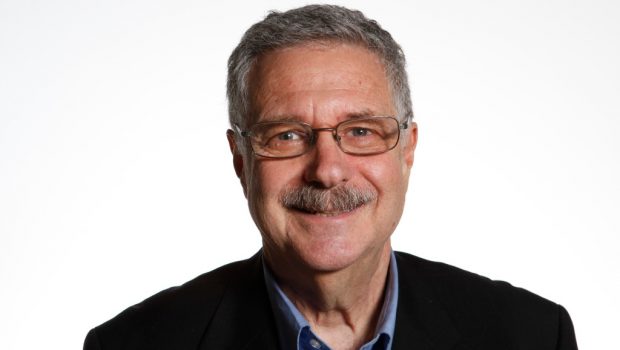Technology to help care for elder loved-ones
Amazon is jumping into the elder-care market with products to enable people to monitor and assist elderly loved-ones. A new service, called Alexa Together, uses Echo smart speakers and displays and optional fall-detection devices to call for help in case of an emergency. The person providing support doesn’t need an Echo device. They can use
their smartphone.
The service also enables loved-ones to “check in” on relatives, set reminders and “drop-in” which uses your Alexa device for voice-chats within or outside your household. The Alexa Together service costs $19 a month or $199 a year, but the drop-in feature works even if you don’t have this service. Amazon is currently offering a six-month free trial.
Included with the service is a “professionally staffed 24/7 Urgent Response team” that the user can reach by saying “Alexa, call for help.” It can also be activated if a compatible device senses a fall. The response team can summon a first responder or call loved ones who can provide assistance. Currently, there are two compatible fall detection devices. The SkyAngelCare, is a fall-detection pendant that will contact the response center automatically if it senses a fall while you’re connected to your home network. Unlike some emergency pendants, it will not work outside the home. You must be connected to your assigned WiFi network. The $250 Vayyar Care is a wall-mounted device that monitors a room and detects if a person falls. You would need a separate device for each room where you wanted protection.
Alexa Together’s Remote Assist feature, which must be activated by the person receiving help, allows a friend or family member to set reminders, manage shopping lists and configure settings for Alexa devices from their smartphone. There is also an optional activity feed, which provides loved-ones with snapshots of the user’s Alexa and smart home interactions. Monitoring interactions with devices can give a support person information about their loved-one’s activities, and potentially reassure them that their loved-one is conscious and able to move about.
In addition to working with Echo smart speakers, the service works with Echo Show devices to enable video chat.
Other devices and services
There are many pendants on the market that can alert first responders or caregivers in case of an emergency or detect a fall. Also, some smartwatches, including newer versions of the Apple Watch and Samsung Galaxy watch have fall detection which is helpful for people of any age. One caveat is that smart watches need to be recharged fairly often so they’re not a good choice for anyone who is likely to forget to charge them daily. For some, a dedicated pendant or wrist worn device, like the LifeAlert, may be a better choice.
There are many devices and services you can use to check in on people. One option is to install a webcam with remote access so that a loved-one can see and hear what’s going on in that room. This obviously has privacy implications, so it’s essential that the person being monitored agrees to having the camera and microphone on and knows how to temporally disable the webcam if they so choose.
If you have a home security system, check with the company to see if they offer products or services to help in emergencies. ADT, for example, has several medical alert products. Vivint offers medical alert systems, including a pendant. Vivint and other companies offer smart locks with the ability to remotely unlock the door or assign a door code to a loved one or caregiver.
There are also apps you can use such as the Senior Safety App that allows caregivers to monitor alerts and location remotely using their smartphones or computers. The app uses the phone’s motion sensors to send out an alert in case of a fall, though there is always the chance of a false alert if the phone is dropped. The app can also report the person’s location, though there are other ways to do that including location sharing on Google Maps, Apple’s Find My Friends app or simply giving the caretaker the person’s username and password which will let them use built-in iOS or Android tools to locate a phone.
Have a conversation
If you are either a caregiver or the person needing assistance, be sure to have a conversation about boundaries, privacy and control before deploying any technology. Make sure that the person receiving care is fully aware of potential privacy issues and — except where unable due to severe impairments — has full control over the devices, including the ability to unplug them, remove them from the network or otherwise disable them. If you are a senior, you might want to have a conversation with your loved-ones in advance of any needs so that you have a mutual understanding of what — if any — surveillance technology you want them to employ should the need arise.
Disclosure: Larry Magid is CEO of ConnectSafely.org, a non-profit internet safety organization that receives support from Amazon Kids and Twitch, which is owned by Amazon.








Gloss